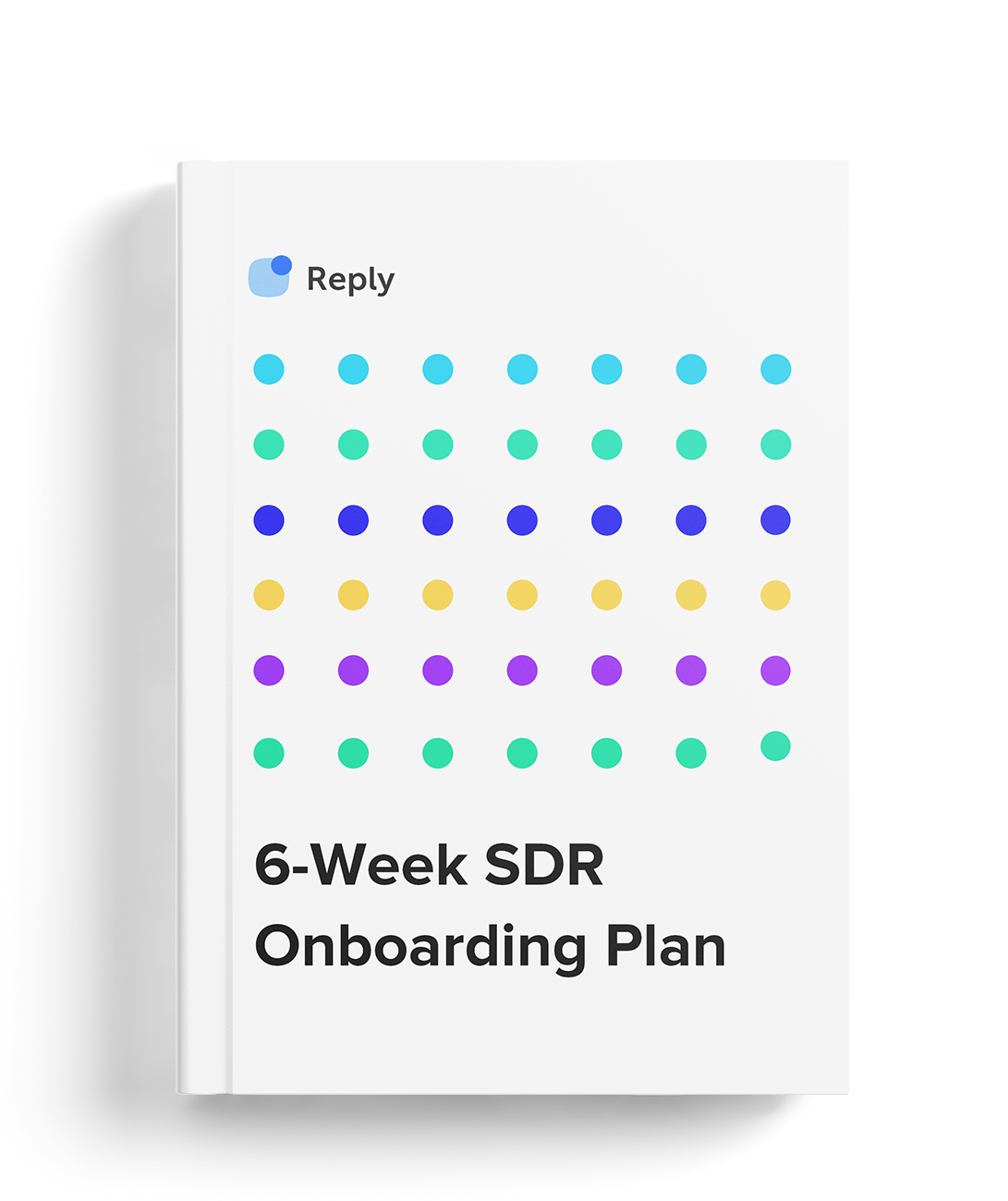2. Reporting and communicating the results to the customer
When working with an outside sales team, there’s nothing wrong with your customers wanting to feel in control. That is why comprehensive reporting is a must for any agency. But there are some problems.
First of all, you need to agree on the deliverables. Depending on the specifics of your work, that could be anything from a targeted contact list ready for outreach to booked demos. And you should clearly document those deliverables along with the corresponding KPIs or specific sales objectives so there are no questions. That should be stated in the service agreement (or the terms of the corresponding subscription plan).
Next, we have the technical part where you need to implement or set up a comprehensive dashboard for your clients to track the progress of your efforts. That could be done via dedicated agency management tools or directly through your sales engagement platform (depending on your stack).
Another challenge here might be related to the deadlines. Extensive lead research takes time and some over-eager customers might rush you to deliver a list within 24h causing unnecessary stress to the researchers who may eventually feel disappointed if they can’t meet their deadlines. In this case, it helps to be transparent about your timelines or break down the process into several iterations.
3. Managing client expectations
The next problem may emerge from the previous one. If you fail to communicate the deliverables and deadlines with the customers, you can find yourself struggling to meet their expectations.
“Managing client expectations is one of the biggest challenges. Clients sometimes have unrealistic expectations of what can be achieved within a specific timeframe or budget. The solution to this problem is to put the client at the forefront of all decision-making and communication. This means setting clear boundaries and being transparent about what can be accomplished. “
“Don’t promise anything that will be impossible to achieve or will be made but not at 100% of your potential. In the book How to Sell Anything to Anybody, there’s a real story of a car salesman who directs a customer to his competitor because he doesn’t sell the kind of car the client is looking for.”
“You think – a completely silly thing! In fact – brilliant.”
“The key to success is to simply don’t ever promise anything that will be impossible to achieve. Just be honest. Nowadays trust means more than one transaction.”
Jakub Kopacz
SEO & Content Specialist, Concept21
4. Churn and cash flow problems
As any business, agencies are bound to lose some of their clients along the way. There are many reasons for that, as well as many challenges that come with high churn – the main one being cash flow problems.
First, you will need to find a new customer to keep your team busy (and be able to pay their salaries). Being benched for a long period of time is no fun, so you might risk losing some of your staff. Two possible solutions to this agency challenge would be to quickly find a new client or compensate your team, including the sales commission, out of your own pocket. Neither is an easy or pleasant solution, so it’s best to focus on customer retention.
Secondly, many tools you will rely on in your daily operations, e.g., a sales engagement platform or data providers, might have a fixed number of seats or credits within the current plan. So if you’re losing a client, you might still need to pay for the service you don’t use to the fullest.
A good solution to this problem is offered by some SEPs (including Reply). When a client leaves, you can easily cut the number of seats in your current pricing plan getting a refund in the form of credits. You can later redeem those credits to add more seats or use them for additional services like email validation or data search, so there’s practically no waste.
Organizational problems
As hard as it may be to deal with clients at times, it can be even more challenging to build and run your internal team as an agency. There are several issues that agency managers face within their organizations.
5. Hiring and retaining top talent
As with any other form of outsourcing or outstaffing, there’s a lot of stigma related to working at an agency as a lead generator. It is often considered a less rewarding and more stressful job compared to being a part of an in-house team.
Another reason why sales professionals might avoid joining an agency is the limited career path. You simply can’t grow into an executive or switch to being an AE if there are no such roles at an agency.
Lastly, as mentioned above, customers may churn so an SDR can be forced to switch projects frequently or even be put on the bench at any time. And there’s not much you as an employer can do about it.
But there are a few ways to fight high team turnover, according to the Forbes Agency Council members, from introducing a clear process for rewarding your your SDRs and competitive compensation to putting them in charge of the outcomes to make them feel a part of the team or even hiring freelancers with custom contracts for more flexibility.





